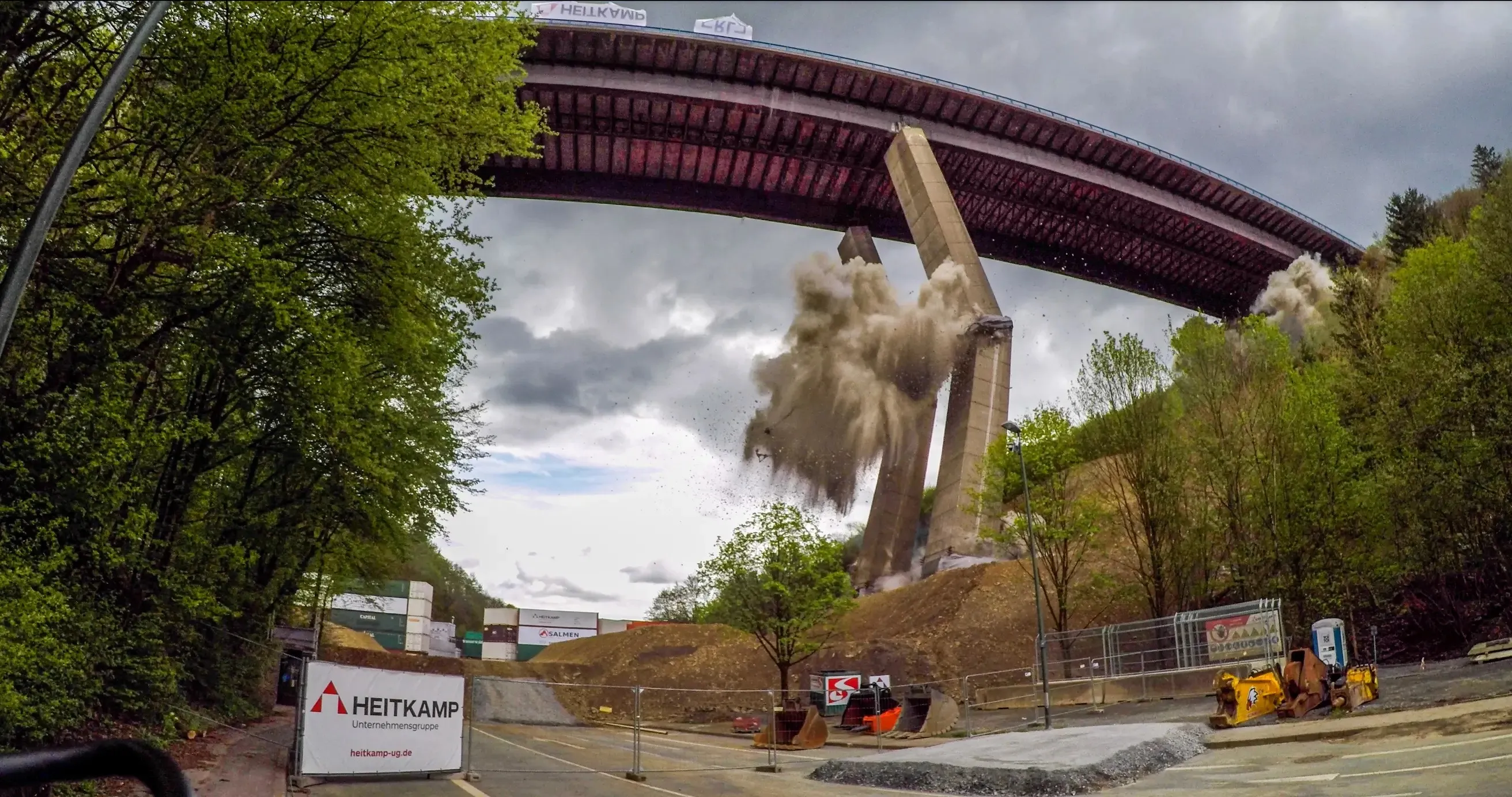The Canadian city of Montreal will invest a record US$408 million on infrastructure improvements this year, around half to spent on road upgrades and the other half on water projects.
One of the city’s executive committee members, Lionel Perez, said much is being done to mitigate problems for drivers and cyclists during prolonged construction periods, according to a report in the Montreal Gazette newspaper.
Perez said drivers on rue St-Denis, a main shopping street, can now use bluetooth technology to
April 8, 2016
Read time: 2 mins
The Canadian city of Montreal will invest a record US$408 million on infrastructure improvements this year, around half to spent on road upgrades and the other half on water projects.
One of the city’s executive committee members, Lionel Perez, said much is being done to mitigate problems for drivers and cyclists during prolonged construction periods, according to a report in the Montreal Gazette newspaper.
Perez said drivers on rue St-Denis, a main shopping street, can now use bluetooth technology to monitor traffic in real time because it communicates information to drivers by notification on message boards.
Cyclists and pedestrians have long complained that the city does not do enough to ensure their safety around construction zones, according to Daniel Lambert, a spokesperson for the Montreal Bike Coalition and Association of Pedestrians and Cyclists of Westmount.
However, he said Montreal is improving its track record. The city is looking at requiring contractors to erect temporary concrete barriers to ensure pedestrians are not forced to walk into traffic when sidewalks are closed for maintenance.
One of the city’s executive committee members, Lionel Perez, said much is being done to mitigate problems for drivers and cyclists during prolonged construction periods, according to a report in the Montreal Gazette newspaper.
Perez said drivers on rue St-Denis, a main shopping street, can now use bluetooth technology to monitor traffic in real time because it communicates information to drivers by notification on message boards.
Cyclists and pedestrians have long complained that the city does not do enough to ensure their safety around construction zones, according to Daniel Lambert, a spokesperson for the Montreal Bike Coalition and Association of Pedestrians and Cyclists of Westmount.
However, he said Montreal is improving its track record. The city is looking at requiring contractors to erect temporary concrete barriers to ensure pedestrians are not forced to walk into traffic when sidewalks are closed for maintenance.









